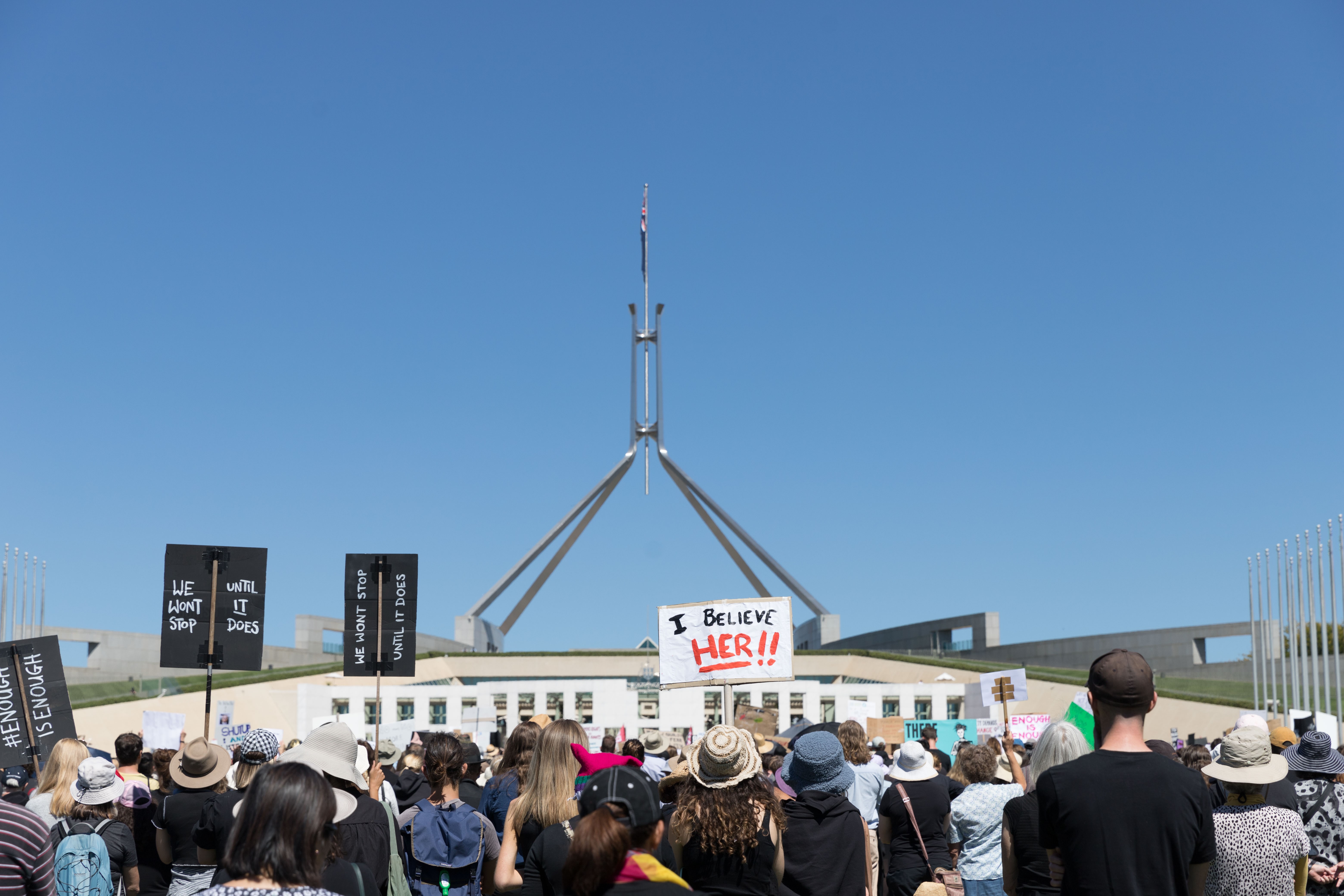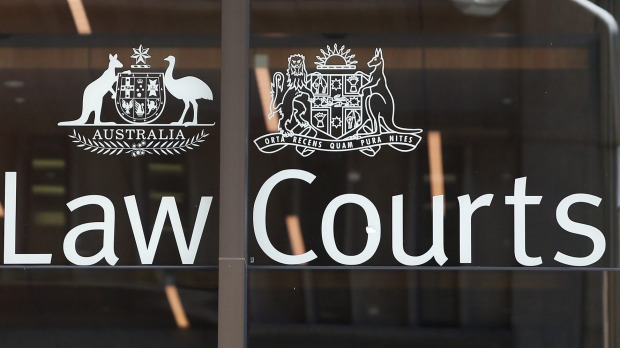
Sciences & Technology
The importance of teaching boys about brilliant women

Using an app to verify sexual consent only risks protecting perpetrators and reduces sex to a transaction. What is needed is social change
Published 19 March 2021
After months of high-profile allegations of sexual violence dominating news headlines in Australia, culminating in co-ordinated protests across the country, NSW Police Commissioner Mick Fuller has suggested that a consent app could be part of the solution.
It would, so the argument goes, provide a clear record of consent to a sexual encounter.

At a time of heightened coverage and national debate, it is understandable people want straightforward solutions to the deeply ingrained problem of sexual violence and the challenges of negotiating sexual consent. Sexual violence is a notoriously difficult issue to address through the criminal legal system.
Reporting, prosecution and conviction rates remain low, and little has changed despite years of legislative reforms.

Sciences & Technology
The importance of teaching boys about brilliant women
Many cases hinge on the question of consent, and it is challenging to establish the absence of consent beyond reasonable doubt.
This isn’t the first time consent apps have been suggested. In the USA in 2014, Consent apps were launched in a bid to reduce sexual assaults on university campuses, and they once again became a suggested solution following the #MeToo movement in 2018.
Unfortunately, a consent app isn’t the answer to this complex social, cultural, legal and structural problem. Here’s why.
Consent apps misunderstand the nature of consent, both in practice and in law in many jurisdictions across Australia.

Consent is an ongoing process, not a one off ‘yes’ at the start of a sexual encounter. While having a conversation at the beginning of a sexual encounter is a good start, this isn’t sufficient to ensure ongoing consent.
Consent can be withdrawn or renegotiated throughout a sexual encounter (including under law), and a consent app is unlikely to capture this.

Politics & Society
Allegations of sexual harassment and abuse an urgent test for government
Because of the ongoing nature of consent, some legal commentators have argued that consent apps have limited use – and are at worst “completely unworkable” – at trial.
Even if these apps did have legal relevance, they are more likely to protect perpetrators, not survivors. For example, if consent is withdrawn after the app is used, a perpetrator could conceivably use the app as evidence that the survivor had consented, or to establish that their belief in consent was a ‘reasonable’ one.
Further, an app can’t account for coercive sex. For example, a perpetrator could coerce a survivor to express affirmative consent through the app. In a scenario where sexual violence is occurring, it’s difficult to see how an app might be used to record non-consent.
Consent apps play into the myth that survivors (and particularly women) routinely lie about sexual violence, or that they are seeking revenge after consensual sex.

Research also suggests that men often rely on ambiguous social cues to infer consent, or selectively ignore or reinterpret what women say into what they want to hear.
This brings into question what the purpose of consent is – free and pleasurable participation in mutually-desired sex, or protection from liability?
Tech doesn't solve social issues.
— Amy Gray (@_AmyGray_) March 17, 2021
Social change solves social issues.
If the society behind the tech is flawed, so will the tech solution.
Consent apps also don’t take into consideration pleasure, or that the sex be enjoyable for all parties. This reinforces the idea that sex is something that women give to men – something women merely say ‘yes’ or ‘no’ to – rather than an experience that should be enjoyable for them.
As such, consent apps set a low bar that reduces consent to getting a ‘yes’, rather than viewing consent as a holistic tool for navigating ethical and pleasurable sex.

Health & Medicine
Listening to the voices of survivors of violence and abuse
There are no “quick fix’ solutions to sexual violence. Real and meaningful social change is slow. Decades of work has already been done – particularly by Black and Indigenous feminists and researchers – in identifying and challenging the structures that create the environment for sexual violence. This work gives us a clear idea of what can (and should) be done.
Education is a core part of sexual violence prevention, and this includes the roll-out of comprehensive and inclusive sex/relationships education in schools across the country. Secondary School students report mixed experiences of sex education, and want more comprehensive programs that include discussions on consent, ethics and pleasure.
Sex education can challenge rape myths, and encourage a more positive culture around negotiating sex that accounts for both pleasure and safety.
Bystander intervention also represents a promising avenue for primary prevention of sexual violence, although the research evidence for its effectiveness is currently limited. Bystander intervention recognises that prevention of sexual and gender-based violence is everyone’s responsibility, not just that of individual survivors.

By ‘calling-out’ sexist or discriminatory behaviour, we can potentially disrupt the attitudes that underpin and enable sexual violence.
Additionally, we should pay attention to communities that already challenge these gender and sex norms, such as the LGBTIQ+ and kink communities. They have been discussing and practicing different and often more ethical ways of negotiating consent, and could provide insights on how this could be done more broadly.

Politics & Society
Protecting staff at parliament house
Finally – and perhaps most importantly – sexual violence is caused by power imbalances relating to gender, race, sexuality, (dis)ability and so forth. Gender inequality, for example, can manifest at the individual, social and structural level, and it is vital that each of these is addressed in prevention efforts to generate change.
Ending sexual violence will take major social change and dedication to challenging and changing the systems that enable it. Learning how to communicate our wants, desires and boundaries while respecting and responding to others is also a lifelong process.
There is no easy fix, but there are things we can do – an app, however, shouldn’t be one of them.
Banner: Getty Images